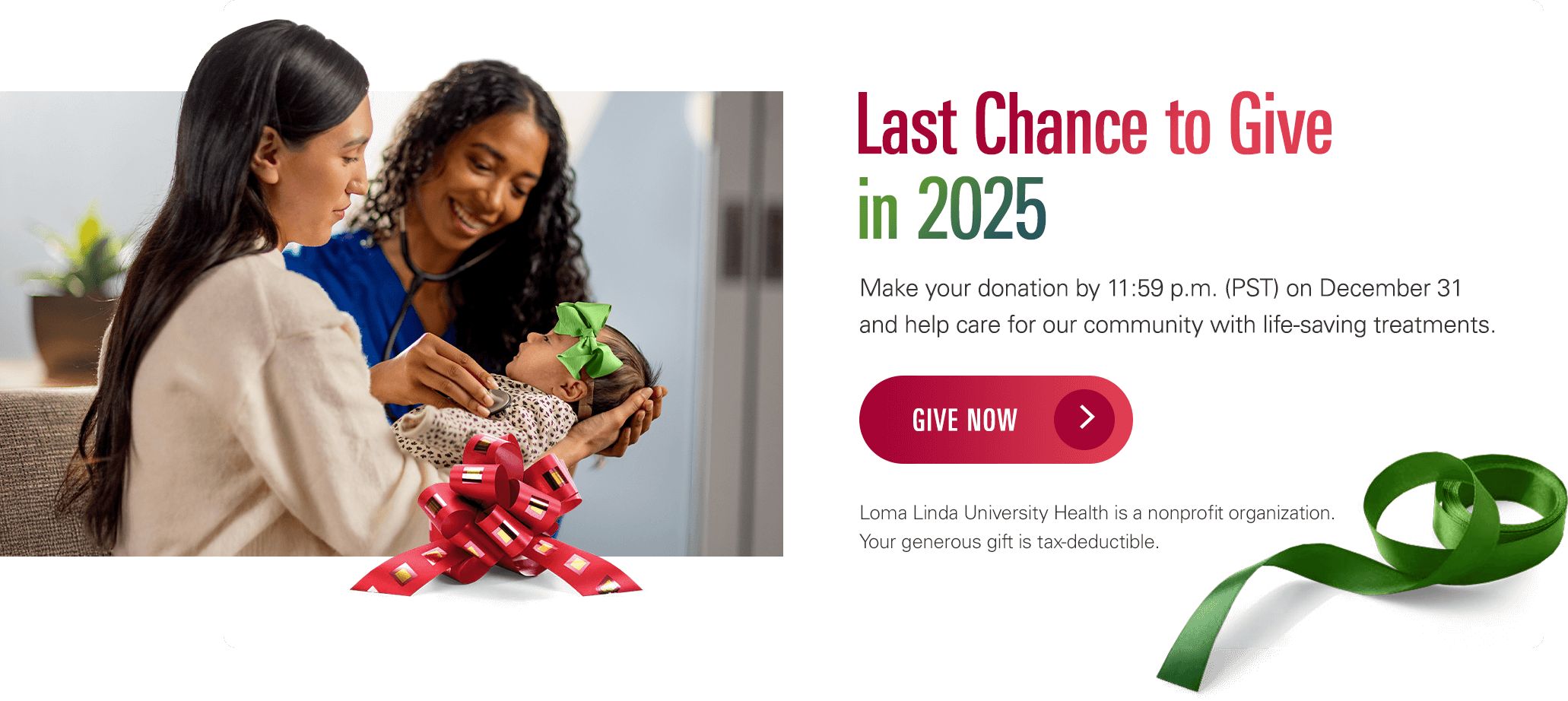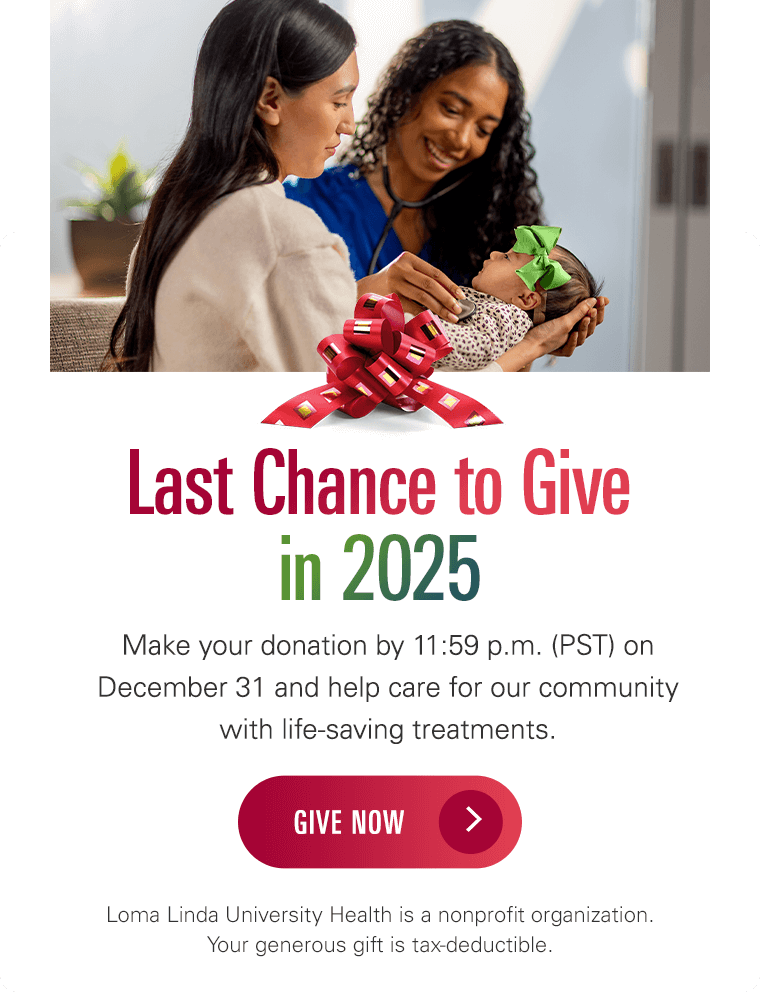Rubella in Children
What is rubella in children?
Rubella is a viral illness that causes a mild fever and a skin rash. It's also called German measles but is not caused by the same virus that causes measles (rubeola). Rubella is spread through contact with fluid from the nose and throat. It can be prevented with a vaccine.
Babies and children who get rubella usually only have a mild case of the rash and some respiratory symptoms. But it can be a dangerous infection for a baby in the womb. It can lead to miscarriage or birth defects.
What causes rubella in a child?
Rubella is caused by a virus. The virus spreads through fluid from the nose and throat of an infected person. It can also be spread from a pregnant mother to her unborn baby. A child born with rubella is considered to be contagious until age 1. Rubella infections are most common in late winter and early spring.
Which children are at risk for rubella?
A child is more at risk for rubella if they are around a person with rubella and have not had the vaccine.
What are the symptoms of rubella in a child?
It may take 14 to 21 days for a child to have signs of rubella after contact with the virus. Symptoms can occur a bit differently in each child. The most common symptoms start with:
- A period of not feeling well
- Low fever
- Runny nose
- Diarrhea
These symptoms may last 1 to 5 days.
Then a rash appears. The rash:
- Starts on the face as a pink rash with areas of small, raised lesions
- Spreads down to the torso, arms, and legs as the face rash clears up
- Fades in 3 to 5 days
Your child may also have enlarged lymph nodes in the neck. An older child may have sore, inflamed joints.
A child is most contagious when the rash is appearing. But a child may be contagious from 7 days before the rash to 7 days after the rash has started. Because of this, a child may pass the virus to others before you know they are sick.
The symptoms of rubella can be like other health conditions. Make sure your child sees their healthcare provider for a diagnosis.
How is rubella diagnosed in a child?
The healthcare provider will ask about your child’s symptoms and health history. They will give your child a physical exam. The unique rash may be enough to diagnose your child. They may also have blood or urine tests to confirm the diagnosis.
How is rubella treated in a child?
Treatment will depend on your child’s symptoms, age, and general health. It will also depend on how severe the condition is.
The goal of treatment is to help ease symptoms. Treatment may include:
- Lots of rest
- Making sure your child drinks plenty of fluids
The infection will go away on its own in 5 to 10 days.
What are possible complications of rubella in a child?
Rubella is dangerous to a baby in the womb. It can cause a pregnant woman to have a miscarriage. A baby in the womb can also get rubella from their mother during pregnancy. This can lead to severe birth defects known as congenital rubella syndrome. Signs of congenital rubella syndrome can include:
- Cataracts in the eyes
- Deafness
- Heart problems
- Learning problems
- Growth delays
- Enlarged liver and spleen
- Skin lesions
- Bleeding problems
How can I help prevent rubella in my child?
Rubella can be prevented with the rubella vaccine. The rubella vaccine is often given as part of a combination vaccine. The vaccine includes protection against measles, mumps, and rubella (MMR). The vaccine is usually first given when a child is age 12 months to 15 months, and then again between age 4 and 6 years. Make sure that your child's friends and caregivers have had the MMR vaccine. In addition, girls should have completed the MMR vaccine before they reach childbearing age.
If your child has rubella, you can help prevent the spread of the virus. Make sure to keep your child home from school and play dates for 7 days before to 7 days after the start of the rash. Talk with your child’s healthcare provider for more guidance. Note that a child born with rubella is considered to be contagious until age 1.
When should I call my child’s healthcare provider?
Call the healthcare provider if your child has:
- Symptoms that don’t get better, or get worse
- New symptoms
Key points about rubella in children
- Rubella is a viral illness that causes a mild fever and a skin rash. Rubella is spread through contact with fluid from the nose and throat.
- It starts with a low fever, runny nose, and diarrhea. Then a rash appears on the face, and spreads down the body.
- A child is most contagious when the rash is appearing. But a child may be contagious from 7 days before the rash to 7 days after the rash has started. Because of this, a child may pass the virus to others before you know they are sick.
- Treatment includes rest and drinking plenty of fluids.
- Rubella is dangerous to a baby in the womb. It can cause a pregnant people to have a miscarriage. A baby in the womb can also get rubella from the mother during pregnancy. This can lead to severe birth defects known as congenital rubella syndrome.
- Rubella can be prevented with the rubella vaccine. It's part of the measles, mumps, and rubella (MMR) vaccine.
Next steps
Tips to help you get the most from a visit to your child’s healthcare provider:
- Know the reason for the visit and what you want to happen.
- Before your visit, write down questions you want answered.
- At the visit, write down the name of a new diagnosis, and any new medicines, treatments, or tests. Also write down any new directions your provider gives you for your child.
- Know why a new medicine or treatment is prescribed and how it will help your child. Also know what the side effects are.
- Ask if your child’s condition can be treated in other ways.
- Know why a test or procedure is recommended and what the results could mean.
- Know what to expect if your child does not take the medicine or have the test or procedure.
- If your child has a follow-up appointment, write down the date, time, and purpose for that visit.
- Know how you can contact your child’s healthcare provider after office hours. This is important if your child becomes ill and you have questions or need advice.









